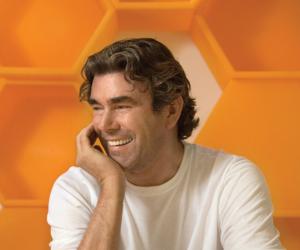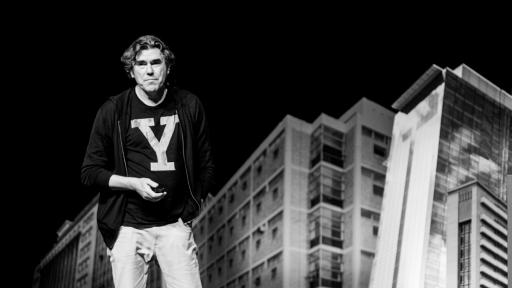Clive Wilkinson is an accidental architect. He wanted to be writer but got into architecture because there was no suitable literature course in South Africa at the time and he could not go overseas.
Fast-forward 30 years or so and Wilkinson is now widely recognised as a pioneer in workplace design.
“It is really interesting that office buildings have been so thinly conceived over the last hundred years while other aspects of our lives have been so well considered. If you just think how lifestyles with the modern houses have been designed with such consideration for the variety activities we do in those spaces and so much care and attention have been put into them and yet our workplaces where we spend the majority of our time that are only thought of in this kind of thin, financial way,” he says.
Wilkinson credits creative industries, specifically the ad industry, with leading the way in the culture of creative workplaces. This trend has now been observed by industries and corporate across the board.
He goes on to talk about the process and thinking of designing the Googleplex – arguable on the best case studies in creative workplaces.
Wilkinson explains that they while considered how to distribute the functions in a rational way they also had to be sensitive to things like life of the buildings over time – people coming in early or working late at night and how the build would react over time. They also considered working habits of different user groups like for example the software engineers:
“We also had to deal with the issue that software engineers need a huge amount of focused time to work. We needed to zone the building in what we called 'thermal contours' of hot to cold areas. Hot being acoustically vibrant and cold being as dead as possible,” he says. “We also developed glass rooms that run along the perimeter that were super quite spaces for the engineers to work in. They are not office per se; they have four to five people can work in them with movable furniture that can reconfigure depending on how they like to work together. We also managed to convince them to make the offices purely out of glass so that we would maintain views to the outside.”
Wilkinson also talks about the Barbarian Group project that they recently completed. The project is a large-scale table that undulates through the office space and creates not only seating for employees to work at but also semi-private meeting spaces, library space and relaxation spaces.
Creativity is not the province of only advertising and art-related businesses. Creativity happens anywhere and everywhere, he says.
"The people who actually influence the world the most are the banks and these kind of large powerful institutions. So I think to be able to kind of invade their territory, change their thinking, liberate their way of working and open up their culture that to me is a much more valuable thing that teaching creative people how to be more creative,” he concludes.









